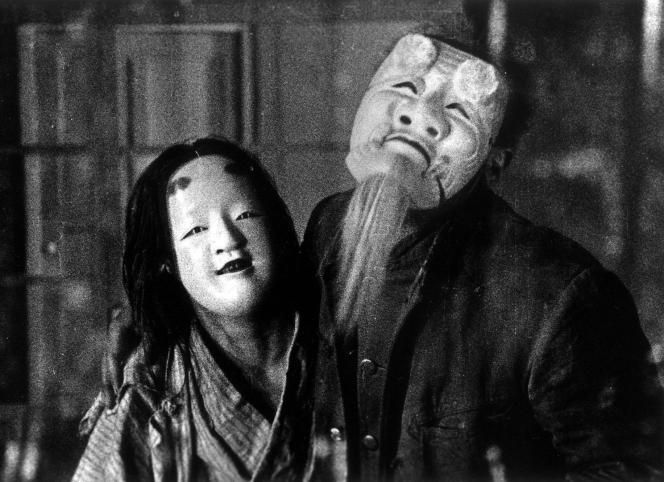From June 24 to July 2, the Il Cinema Ritrovato (“the rediscovered cinema”) festival resumed its summer quarters in the braziling atmosphere of Bologna, a dashing city of red bricks heated white by the southern Italian sun. . In the attendance crisis that Italian theaters are currently going through, the event, devoted to the past of cinema and current restorations, is seen as a truce or a microclimate: six theaters playing for ten days to sold-out crowds, not counting the screenings under the stars in the majestic setting of piazza Maggiore, crowded with people.
After thirty-seven editions which have seen it grow well beyond the meeting of insider archivists, the event obviously gives pride of place to the classics and the great house filmmakers: Bellissima (1951), by Luchino Visconti, The Black Narcissus (1947), by Michael Powell and Emeric Pressburger, or The House of Doctor Edwardes (1945), by Alfred Hitchcock, presented, with great pomp, piazza Maggiore, but not only. Its programming in the form of a cornucopia, rich in retrospectives of all kinds, makes a point, each year, of slaloming between the established milestones, in search of little-known sections, underestimated names and distant geographies, yet to be unearthed.
To search these ignored fringes, this 37e edition found itself illuminating the figure of the “little master”: these artists who are little or badly recognized despite their contribution, artisans in the shadows progressing like termites in the detours of their art. We found one of them in the spotlight of the traditional Japanese section programmed by Alexander Jacoby and Johan Nordström: Teinosuke Kinugasa (1896-1982), of which a dozen titles, among the rarest, were presented, on a filmography by collecting one hundred and twenty. Two years older than the illustrious Kenji Mizoguchi (1898-1956), Kinugasa, like him, made his screen debut asonnagata, actor specializing in the roles of women, when they were not yet admitted into the profession. He goes behind the camera during the silent era and will remain mainly a commissioned director (a plethora of chanbaraJapanese sword films), subject to commercial imperatives, between which he has always watched for breaches of personal expression.
In the triptych An Actor’s Revenge (1935-1936), he sends off an improbable serial vendetta to indulge in formal games around kabuki theater – alternating between stages and backstage, mechanical cogs, sliding sets – in an entirely moving space. After the war, his films did not escape the new conventions governing production under American supervision, as with The Legend of the Great Buddha (1952). This period film (jidaigeki) dramatizes the erection of a monumental statue of Buddha in the VIIe century, in a naturally edifying vein, but attaches itself to an unknown figure of architect, alter ego of the director, and orchestrates a great clash of materials (molten copper, wooden scaffolding, lustral rain, etc.).
You have 44.92% of this article left to read. The following is for subscribers only.
